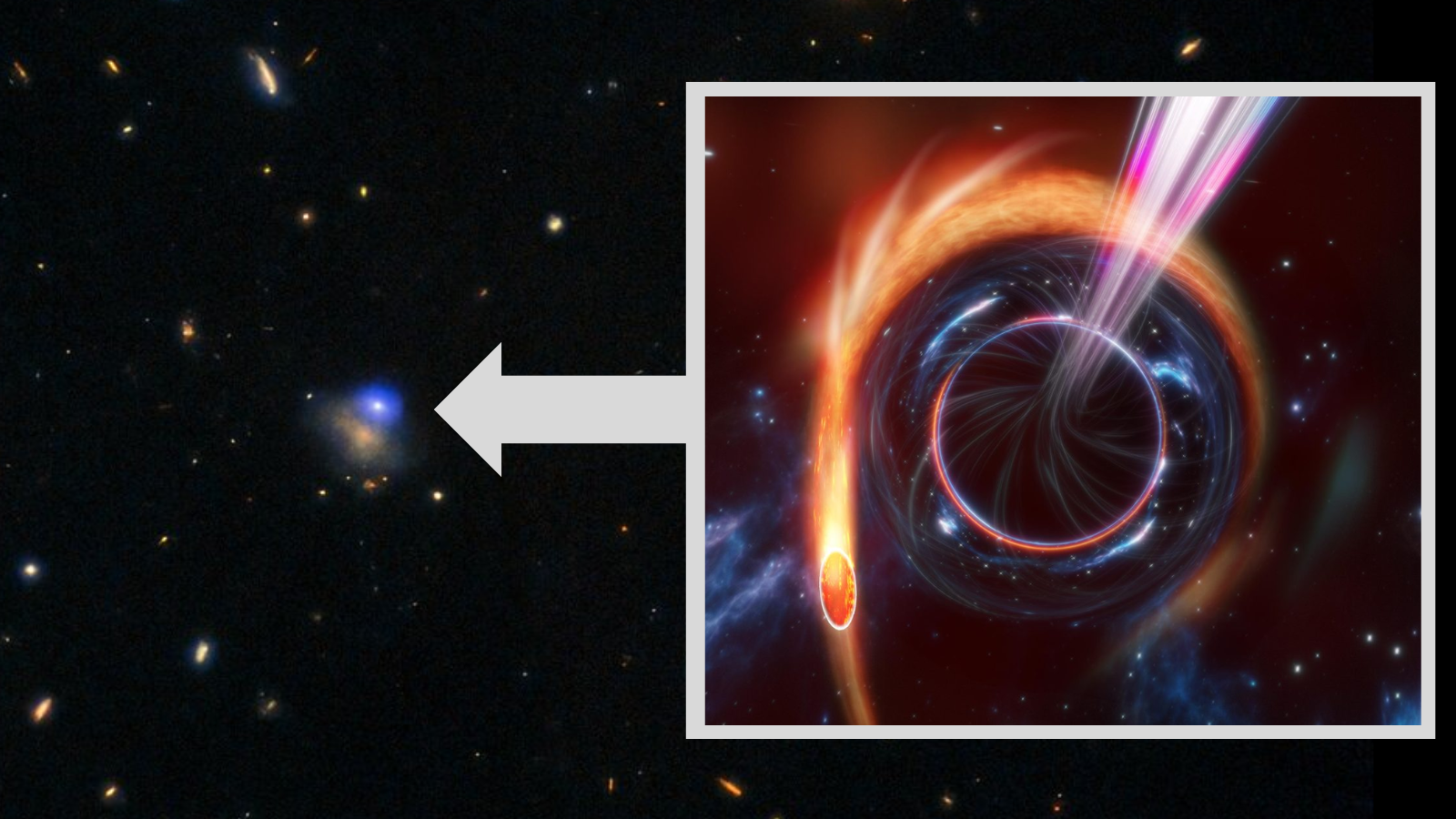SpaceX launches Starship SN6 prototype test flight on heels of Starlink mission
SN6 follows SN5 into the Texas sky.
A gleaming SpaceX Starship prototype launched into the sky above southern Texas Thursday (Sept. 3) in a brief uncrewed test flight of a rocket designed for eventual trips to the moon and Mars.
The cylindrical Starship SN6 vehicle, which looks much like a grain silo with a rocket engine, rose high into the air above SpaceX's Boca Chica test site, hovered for a few moments, and then set down on stubby landing legs, according to video of the event captured by tourism site SPadre.com and NASASpaceflight.com. The flight appeared similar to an Aug. 4 test of SpaceX's Starship SN5 model, which reached an altitude of about 500 feet (150 meters) on that hop.
SN6's launch was the second flight of the day for SpaceX. The company launched a Falcon 9 rocket carrying 60 Starlink internet satellites into orbit for SpaceX's growing megaconstellation. That mission lifted off from Pad 39A of NASA's Kennedy Space Center in Florida at 8:46 a.m. EDT (1246 GMT).
In photos: SpaceX's SN5 Starship prototype soars on 1st test flight
Editor's note: NASASpaceflight.com's view of SpaceX's Starship SN6 launch begins at the one-hour, 43-minute mark.
Starship SN6 hop! That was AWESOME 🤩🚀 pic.twitter.com/Lt1DIkGBbzSeptember 3, 2020
Starship SN6 is the latest in a line of prototypes SpaceX has used as test beds for the technologies required for a massive, fully reusable launch system for deep space missions. Some of those prototypes have exploded by accident, others by design, while still others — like the SN5 prototype and a smaller scale "Starhopper" craft that flew several test flights last year — have made actual rocket-powered hops.
The SN6 prototype test fired its Raptor rocket engine last week, setting the stage for today's test flight.
Breaking space news, the latest updates on rocket launches, skywatching events and more!
SpaceX's Starship plans call for an architecture consisting of the 165-foot-tall (50 m) Starship spacecraft and a giant rocket called Super Heavy that will launch the vehicle off Earth.
Related: SpaceX's Starship and Super Heavy Mars rocket in pictures
Elon Musk, SpaceX's founder and CEO, has unveiled a series of evolving designs for the Starship launch system in recent years. The most recent design, revealed in September 2019, calls for a Starship capable of carrying up to 100 people using six Raptor engines on the vehicle and another 31 engines on the Super Heavy booster.
Both vehicles will be reusable, with the full stack likely launching from a sea-based platform, Musk has said. The company has already signed its first customer for a Starship trip around the moon — Japanese billionaire Yusaku Maezawa, who hopes to fly in 2023. NASA has also picked SpaceX's Starship as one of three commercial spacecraft to potentially land astronauts on the moon by 2024.
Musk has said that a major goal for the Starship SN prototypes is a test launch to an altitude of 12 miles (20 kilometers). The single-engine SN6 won't go that high, but one of its successors will, if all goes according to plan.
Email Tariq Malik at tmalik@space.com or follow him @tariqjmalik. Follow us @Spacedotcom, Facebook and Instagram.

Tariq is the award-winning Editor-in-Chief of Space.com and joined the team in 2001. He covers human spaceflight, as well as skywatching and entertainment. He became Space.com's Editor-in-Chief in 2019. Before joining Space.com, Tariq was a staff reporter for The Los Angeles Times covering education and city beats in La Habra, Fullerton and Huntington Beach. He's a recipient of the 2022 Harry Kolcum Award for excellence in space reporting and the 2025 Space Pioneer Award from the National Space Society. He is an Eagle Scout and Space Camp alum with journalism degrees from the USC and NYU. You can find Tariq at Space.com and as the co-host to the This Week In Space podcast on the TWiT network. To see his latest project, you can follow Tariq on Twitter @tariqjmalik.
